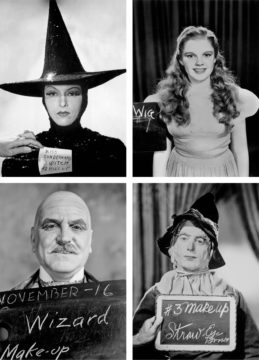Adam Gopnik in The New Yorker:
 What exactly is an “oral history,” and why would we need one? Most history begins and ends with personal witness, and even written documents, after all, were very often once spoken memories, with many of the best histories depending on recollected conversation, from Boswell’s life of Dr. Johnson to the court memoirs of Saint-Simon. Yet the term has become so much a part of our book culture that it tells us to expect something very specific: a heavily edited chain of first-person recollections, broken into distinct related bits, about a place or a system or an event. Although the contemporary version has roots in the oral histories compiled by the W.P.A. in the nineteen-thirties, it seems to derive, in form, from documentary films of the sixties like those of D. A. Pennebaker and Richard Leacock, in which testimony is offered in sequential counterpoint, without explicit commentary.
What exactly is an “oral history,” and why would we need one? Most history begins and ends with personal witness, and even written documents, after all, were very often once spoken memories, with many of the best histories depending on recollected conversation, from Boswell’s life of Dr. Johnson to the court memoirs of Saint-Simon. Yet the term has become so much a part of our book culture that it tells us to expect something very specific: a heavily edited chain of first-person recollections, broken into distinct related bits, about a place or a system or an event. Although the contemporary version has roots in the oral histories compiled by the W.P.A. in the nineteen-thirties, it seems to derive, in form, from documentary films of the sixties like those of D. A. Pennebaker and Richard Leacock, in which testimony is offered in sequential counterpoint, without explicit commentary.
The significant promise of oral history, as opposed to the obviously written kind, is that the parade of first-person witnesses, unimpeded by editorial interference, might, at last, tell it like it is. Though oral history from below produced blue-collar pop masterpieces in Studs Terkel’s “Hard Times” and “Working,” the genre now mostly amplifies history very much from above. So, after Jean Stein and George Plimpton’s fine oral history “American Journey” (1971), a chorus of voices speaking on the train bringing home Bobby Kennedy’s body, their subsequent and even more successful one, “Edie” (1982), was devoted to the Warholite-socialite Edie Sedgwick.
More here.
